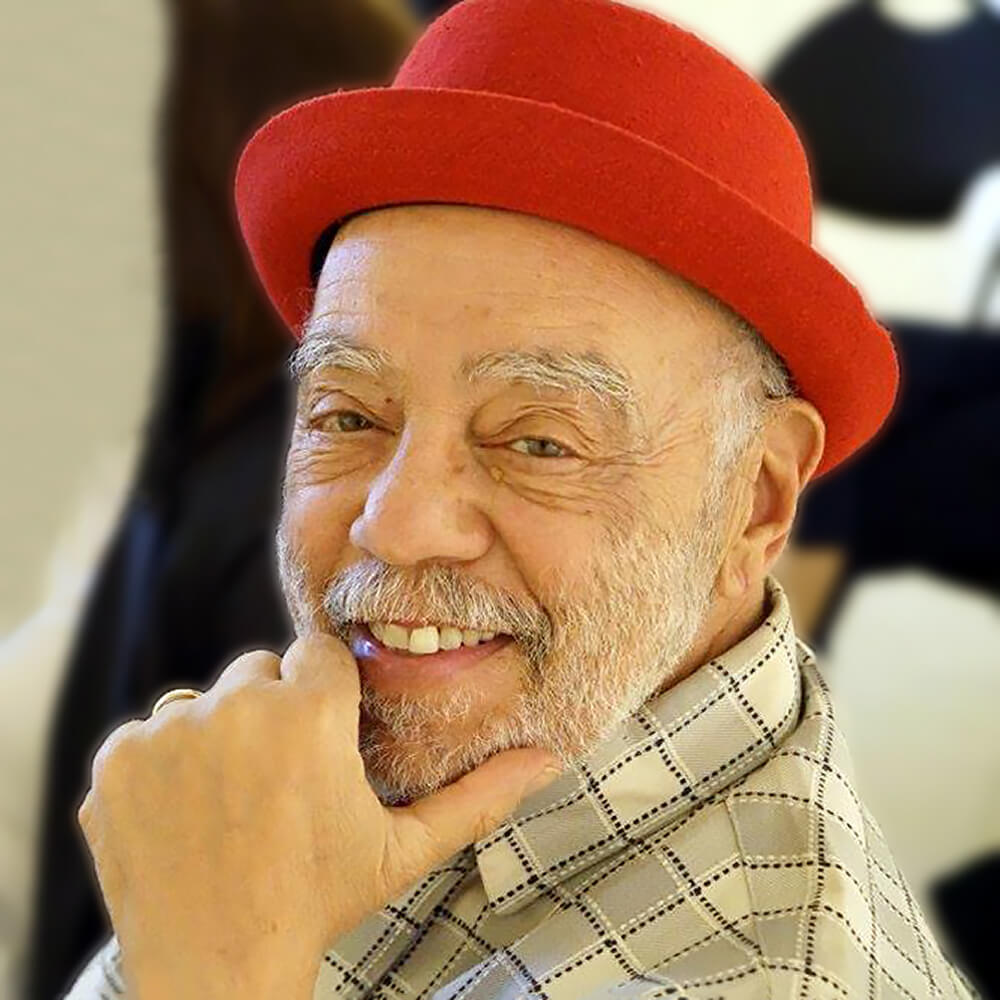Thank God I had a really good education. - Ave Pildas
Ave Pildas began his arts education as an architecture student, designing department stores, government and medical buildings. Before long, this path felt too conservative and constricting, so he changed majors to design. Creating products, packaging and graphics provided enough diversity, to seem like "complete freedom" at the time. Concurrently, Ave was designing exhibits, displays, graphics and publications for the Cincinnati Public Library. After studying at the University of Cincinnati and graduating from the Cincinnati Art Academy inn 1962, Ave headed east to Pittsburgh, where he worked designing collateral for U.S. Steel, Alcoa, Pittsburgh Plate Glass, Koppers, and Westinghouse. At Westinghouse he met renowned graphic designer Paul Rand.
With encouragement from Rand and well-known typographer Noel Martin, Ave traveled to Switzerland and enrolled at the Kunstgewerbeshule, studying typography and graphic design during the Cold War. As a student, he visited every country in Europe and parts of North Africa, often by car. It was at this time that Ave set the lofty goal of "raising the visual conscience" of the world, and, at the conclusion of his studies, accepted a position as assistant professor at Philadelphia College of Art, now the University of the Arts in Philadelphia. Since then, he has taught at Layton School of Art, Leicester Polytechnic in Britain, Cal Arts, Art Center College of Design, UCLA, USC, as well as Otis College of Art and Design, where he served as Chair of the Communication Arts Department. He is currently Professor Emeritus at Otis.
"Although Pildas was formally trained in Swiss design, he developed an early love for photography in the '60s when he photographed jazz legends like Thelonious Monk, John Coltrane and Dizzy Gillespie for Downbeat Magazine," writes Mae Ryan of Southern California Public Radio/KPCC.
For over 50 years, Ave's been taking pictures of diverse subject matter. Many of his images of Hollywood Boulevard from the 1970s reside in the permanent collections of museums and libraries including LACMA and the New York Public Library. He has published three books: Art Deco LA, Movie Palaces, and Bijou, which was released in December 2016 by Nazraeli Press.
Ave Pildas provides a fascinating glimpse into how, over the span of four decades, the streets and people of Hollywood Boulevard have both changed and remained curiously the same, writes Haley Evans for Beautiful Decay Magazine.
In the studio, Ave is working on a still-life series based on circles, squares, and triangles, substituting geometric objects like pyramids, cubes, and spheres for the typical vase of flowers or table setting.
Outside the studio, Ave shoots "Paper Movies". These collages of multiple images are shot in public spaces and allow him to interact with passers by, encouraging them to participate with the photographer and the background. After collecting hundreds of photos, he edits them to tell a visual story, combining them into a single piece. He is also producing short, stop-action videos using still images from "Paper Movies" to promote the series. One of the videos, "Stairway to Heaven," assembled from images of a staircase at The Getty Museum, garnered 40,000 views in a week.
Galleries
Joseph Bellows Gallery
Richard Moore Photographs
Tufenkian Fine Arts
Rock Photography Museum
Small Books & Small Prints
